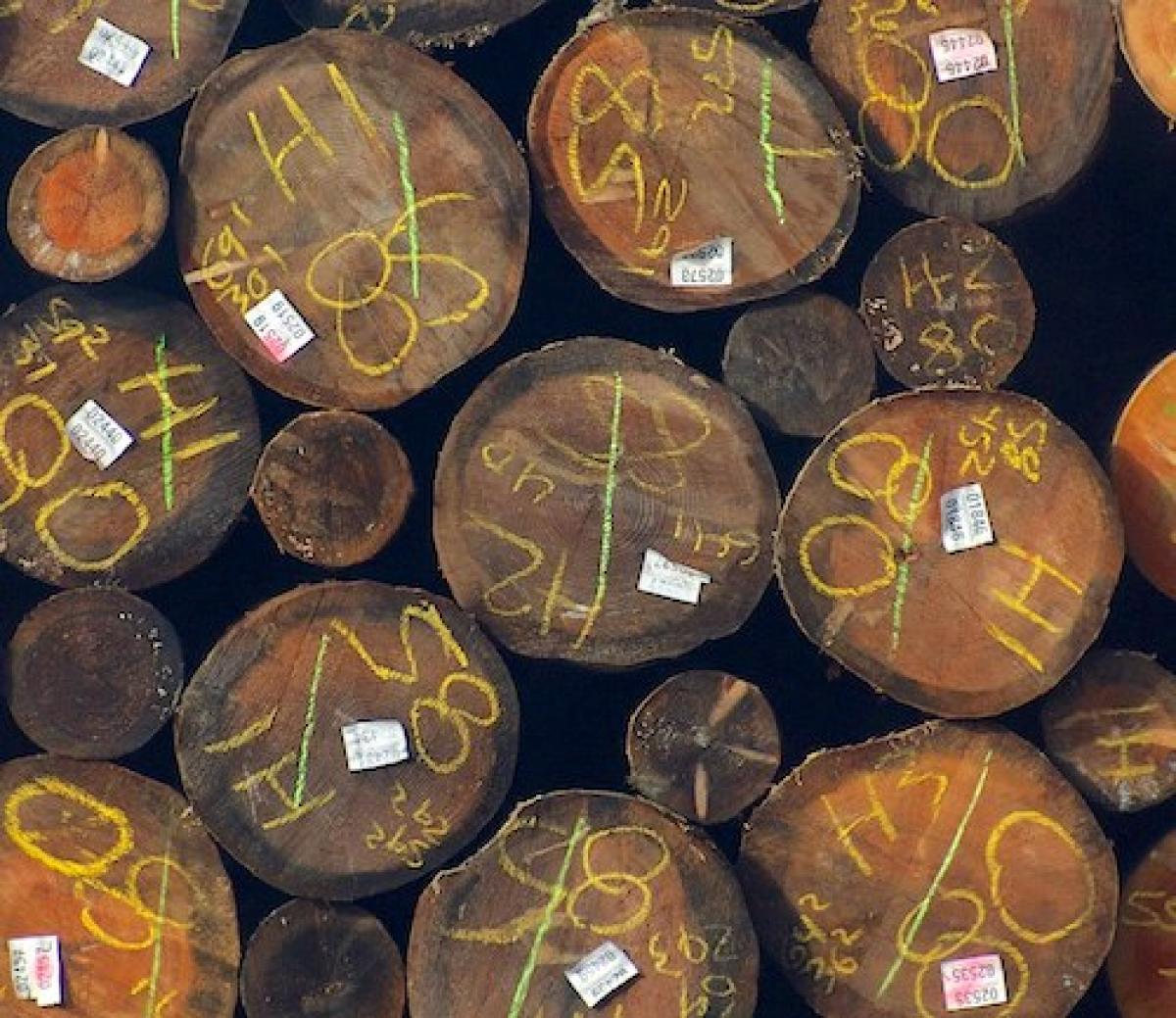What is an Ecological Footprint?
Grade Level
12An ecological footprint is how much land and water area a human population uses to provide all it takes from nature. This includes the areas for producing the resource it consumes, the space for accommodating its buildings and roads, and the ecosystems for absorbing its waste emissions such as carbon dioxide. By measuring the Footprint of a population—an individual, city, business, nation, or all of humanity—we can assess our pressure on the planet, which helps us manage our ecological assets more wisely and take personal and collective action in support of a world where humanity lives within the Earth’s bounds.
Learn more about ecological footprints and find your ecological footprint at the Global Footprint Network
Cut logs image by author BriYYZ via Wikimedia Commons.
Bibliographic details:
- Article: What is an Ecological Footprint?
- Author(s): Dr. Biology
- Publisher: Arizona State University School of Life Sciences Ask A Biologist
- Site name: ASU - Ask A Biologist
- Date published: 16 May, 2017
- Date accessed:
- Link: https://askabiologist.asu.edu/questions/what-ecological-footprint
APA Style
Dr. Biology. (Tue, 05/16/2017 - 11:38). What is an Ecological Footprint?. ASU - Ask A Biologist. Retrieved from https://askabiologist.asu.edu/questions/what-ecological-footprint
Chicago Manual of Style
Dr. Biology. "What is an Ecological Footprint?". ASU - Ask A Biologist. 16 May 2017. https://askabiologist.asu.edu/questions/what-ecological-footprint
Dr. Biology. "What is an Ecological Footprint?". ASU - Ask A Biologist. 16 May 2017. ASU - Ask A Biologist, Web. https://askabiologist.asu.edu/questions/what-ecological-footprint
MLA 2017 Style
Be Part of
Ask A Biologist
By volunteering, or simply sending us feedback on the site. Scientists, teachers, writers, illustrators, and translators are all important to the program. If you are interested in helping with the website we have a Volunteers page to get the process started.

